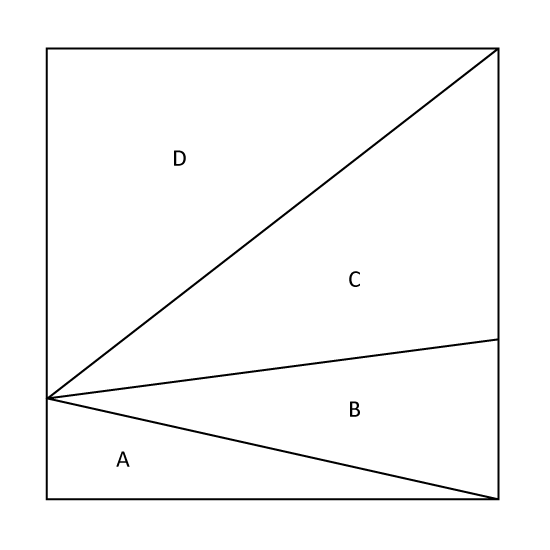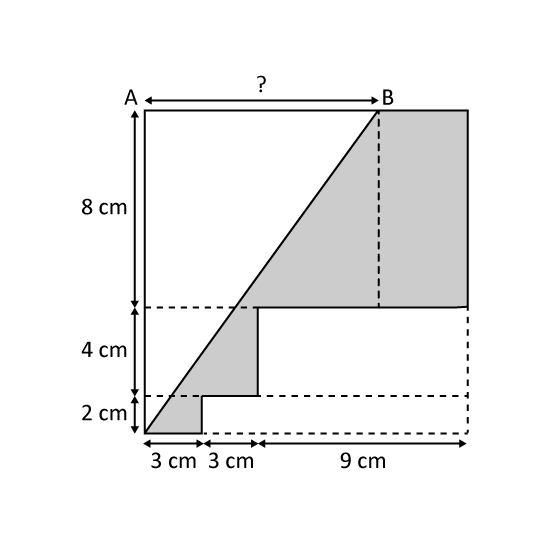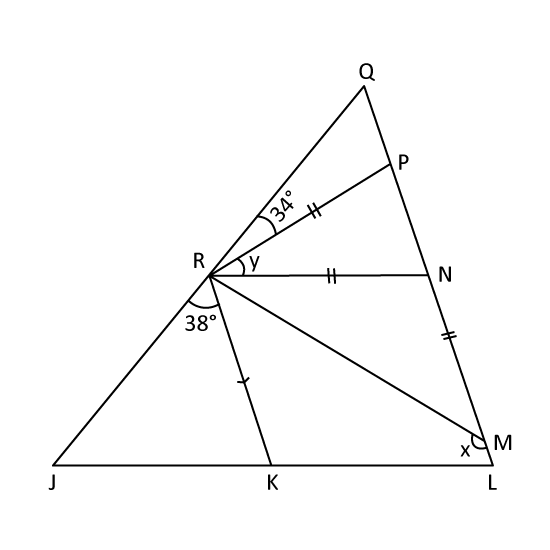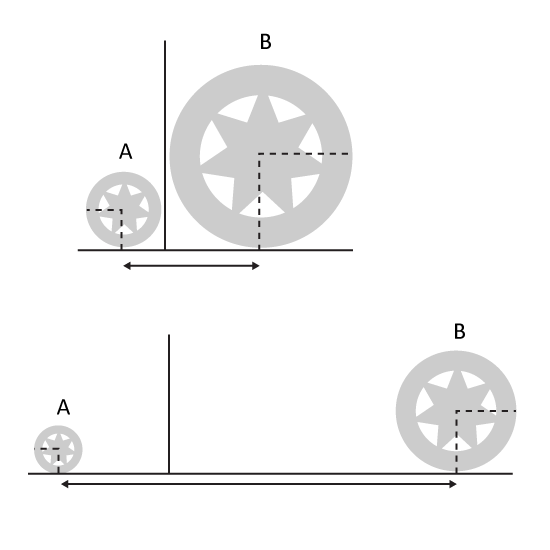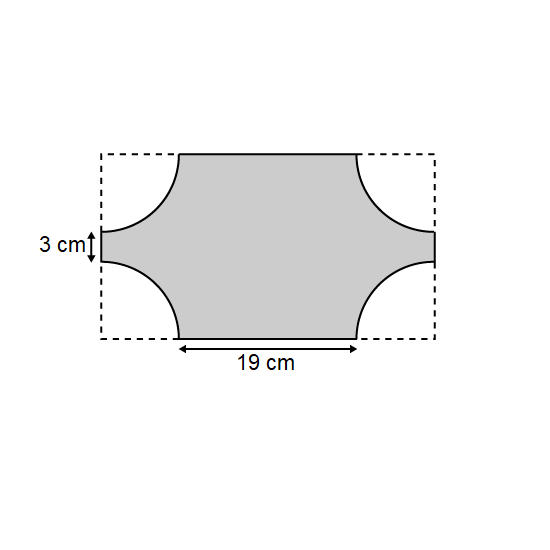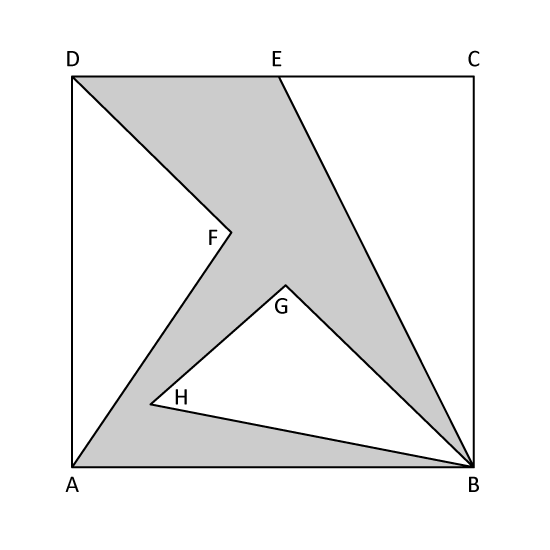Level 3
Ruth, Queenie and Cathy were playing with beads. Ruth started with 72 beads and then she gained
13 more beads from Queenie. In the second game, Ruth lost
38 of her original number of beads to Cathy. Queenie lost as many beads as Ruth to Cathy. In the final game, Ruth gained
12 of her original number of beads from Queenie. All of them ended up with the same number of beads.
- How many beads did Ruth have in the end?
- How many beads did Queenie have at first?
